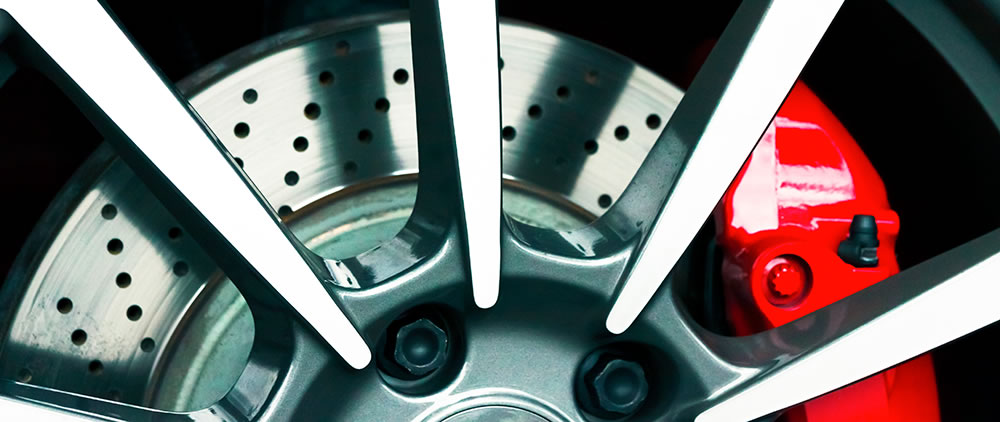
How to maintain your brakes
At National, we can offer a Free Visual Safety Inspection or a Full Brake Condition Check & Report if you are unsure of the condition of your vehicle’s brakes.
With thousands of parts available and fully trained brakes technicians on hand, we can do the dirty work so you don’t have to and of course, all our work is fully guaranteed so you can have complete peace of mind in a job well done.
However we know that there are some competent DIY enthusiasts out there and if you are one of those, we would recommend 5 top tips, which will keep your brakes in tip-top condition;
Regularly check brake fluid levels
First, check your handbook to identify where your car’s brake fluid reservoir is located? Next, check to see it is topped up to the correct level (the reservoir should have level marks on it to show you the correct level).
Always make sure you use the correct brake fluid as this can differ from vehicle to vehicle. Details can be found in your owner's manual.
Replace the brake fluid
Condensation can affect the performance of your brake fluid over time and this can damage the master cylinder and the wheel cylinders. National recommends changing the brake fluid every couple of years or around 25,000 miles.
Drain off the old brake fluid into a container by slightly opening the bleeder screws which are located at the back of each brake and asking someone to pump the brakes. At the same pour new brake fluid into the brake fluid reservoir and watch as you start to see the new fluid drain through the bleeder screw. Make sure you do one brake at a time and remember to pump the brakes to prime the system and then check for any leaks.
Check the brake hoses and master cylinder
Follow all the brake lines, starting at the master cylinder and the fluid reservoir all the way to each brake and check for leaks.
Check the brake pads
This is the part of the braking system that wears most quickly. Brake pads become thin over time and you can often see this just by looking through the wheel (some cars may need the wheel removing to access the pads). Ideally, brake pads should have no less than 5mm thickness and should be checked regularly and replaced if worn.
We recommend checking for potential replacement every 20,000 miles or in line with the manufacturer's recommended intervals.
Check the brake discs
An easy check to do at the same time as your brake pads. Simply your fingers over the surface of the brake disc and it should feel smooth to the touch. If you can feel grooves or ridges, this could be a strong indicator that your brake discs need replacing.
We recommend checking for potential replacement every 40,000 miles or in line with the manufacturer's recommended intervals.



 Sign up for SPECIAL OFFERS
Sign up for SPECIAL OFFERS
